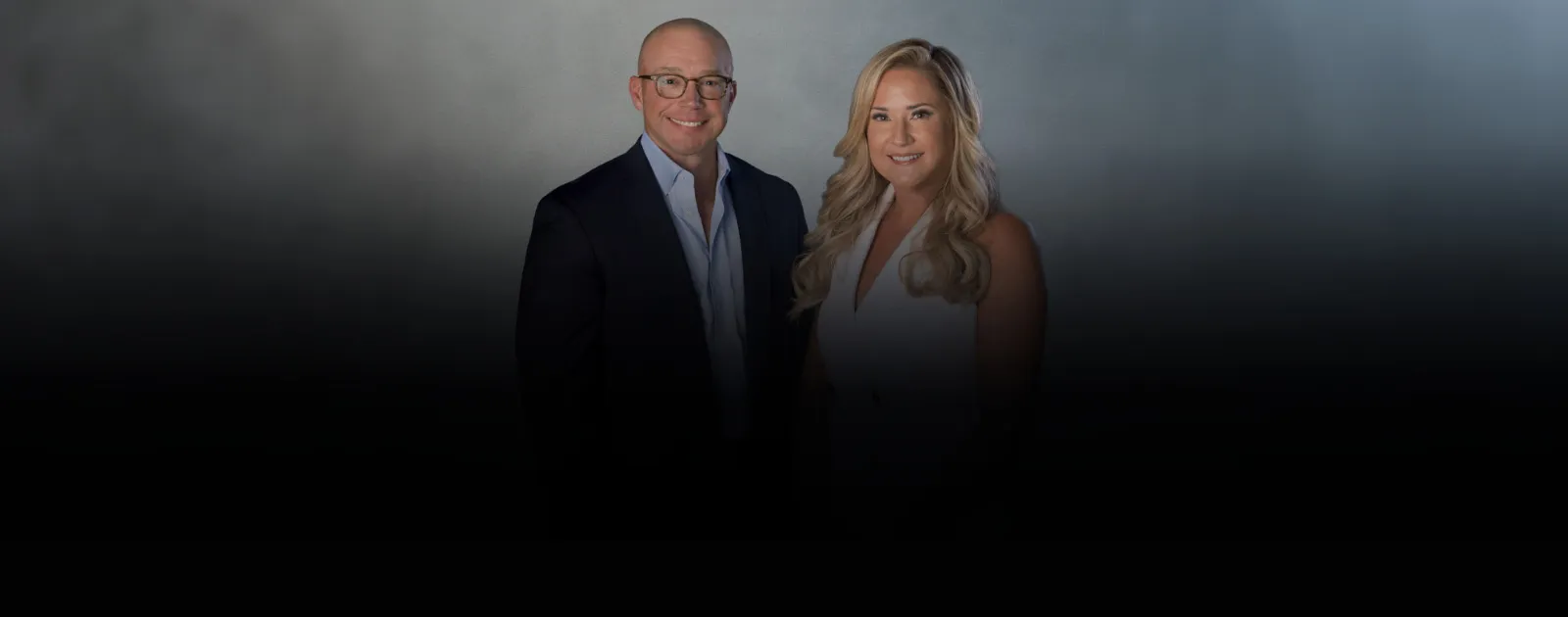If you’ve been injured due to someone else’s negligence, you typically must prove they were liable for your accident to recover compensation. In Illinois personal injury lawsuits, evidence plays a critical role in demonstrating how the injury occurred, who is responsible, and what damages you’ve suffered. Without strong supporting evidence, even a valid claim may be dismissed or undervalued. Bringing in a Geneva personal injury lawyer with years of experience can be beneficial in your time of need.
Elements of Negligence and Burden of Proof
To win a personal injury lawsuit in Illinois, you must establish that the defendant was negligent. That requires proving four key elements:
- Duty of Care – The defendant owed you a legal duty (e.g., a driver’s duty to obey traffic laws).
- Breach of Duty – The defendant failed to meet that duty due to careless or unreasonable behavior.
- Causation – The breach directly caused your injuries.
- Damages – You suffered measurable losses (such as medical bills, pain and suffering, or lost wages).
The burden of proof falls on the injured party (the plaintiff). This means you must present enough credible evidence to convince the court (or an insurance adjuster) that the defendant’s actions caused your harm. In personal injury case, the burden of proof is a “preponderance of the evidence,” meaning you must show that your version of events is more likely than not.
Common Types of Evidence in a Personal Injury Case
Personal injury cases often involve a wide variety of evidence. Each type of evidence helps depict what happened and why you deserve compensation.
Accident Records and Police Reports
Police reports and official accident records often contain observations made at the scene, including:
- Statements from drivers or witnesses
- Preliminary assessments of fault
- Road and weather conditions
- Diagrams of the accident scene
While not always admissible in court, these documents are valuable tools in insurance negotiations before a lawsuit is filed.
Medical Records
Your medical records help link your injuries to the accident. They show:
- The extent and nature of your injuries
- When and how treatment was received
- Recommendations for future care or rehabilitation
- The medical bills and financial losses you’ve incurred
Prompt medical care also strengthens your case by creating a clear timeline between the accident and your condition. And it prevents other parties from claiming you failed to mitigate your damages by delaying care.
Photos and Videos
Visual evidence can be incredibly persuasive in a personal injury case. If available, photographs and video footage can help show the scene of the incident, vehicle damage, hazardous property conditions, and visible injuries, among other things.
This evidence can range from pictures you took on your phone to surveillance or dash-cam footage recorded by another party.
Witness Testimony
Neutral third-party witnesses can confirm your version of events and provide details you might have missed. Their statements and credibility can have a major impact on the outcome of your case , particularly if fault is disputed.
Expert Witness Testimony
In more complex cases, expert witnesses may be needed to explain technical issues, such as:
- Medical diagnosis and long-term care needs
- Accident reconstruction
- Economic losses or future earning capacity
Expert testimony can strengthen your case and help juries understand complicated topics. It is required in some cases, such as medical malpractice.
Contact a Geneva Personal Injury Lawyer for Help Gathering Evidence
Gathering and presenting evidence requires extensive time and investigation. A skilled personal injury lawyer can investigate your accident, identify liable parties, preserve evidence of negligence, and build the strongest case possible. If you need help proving your negligence case, contact an Illinois personal injury attorney from Feagans Law Group for a free consultation.




